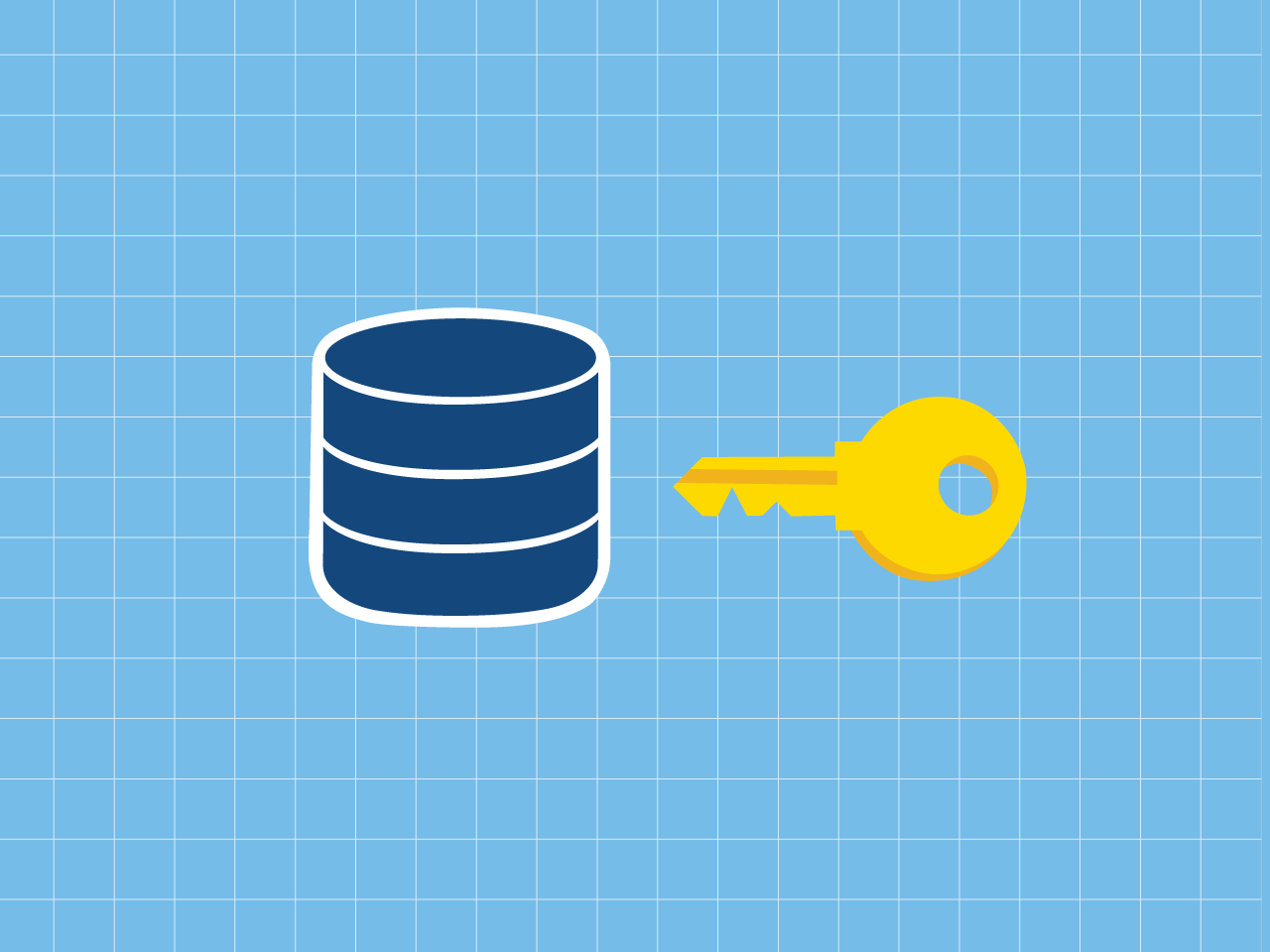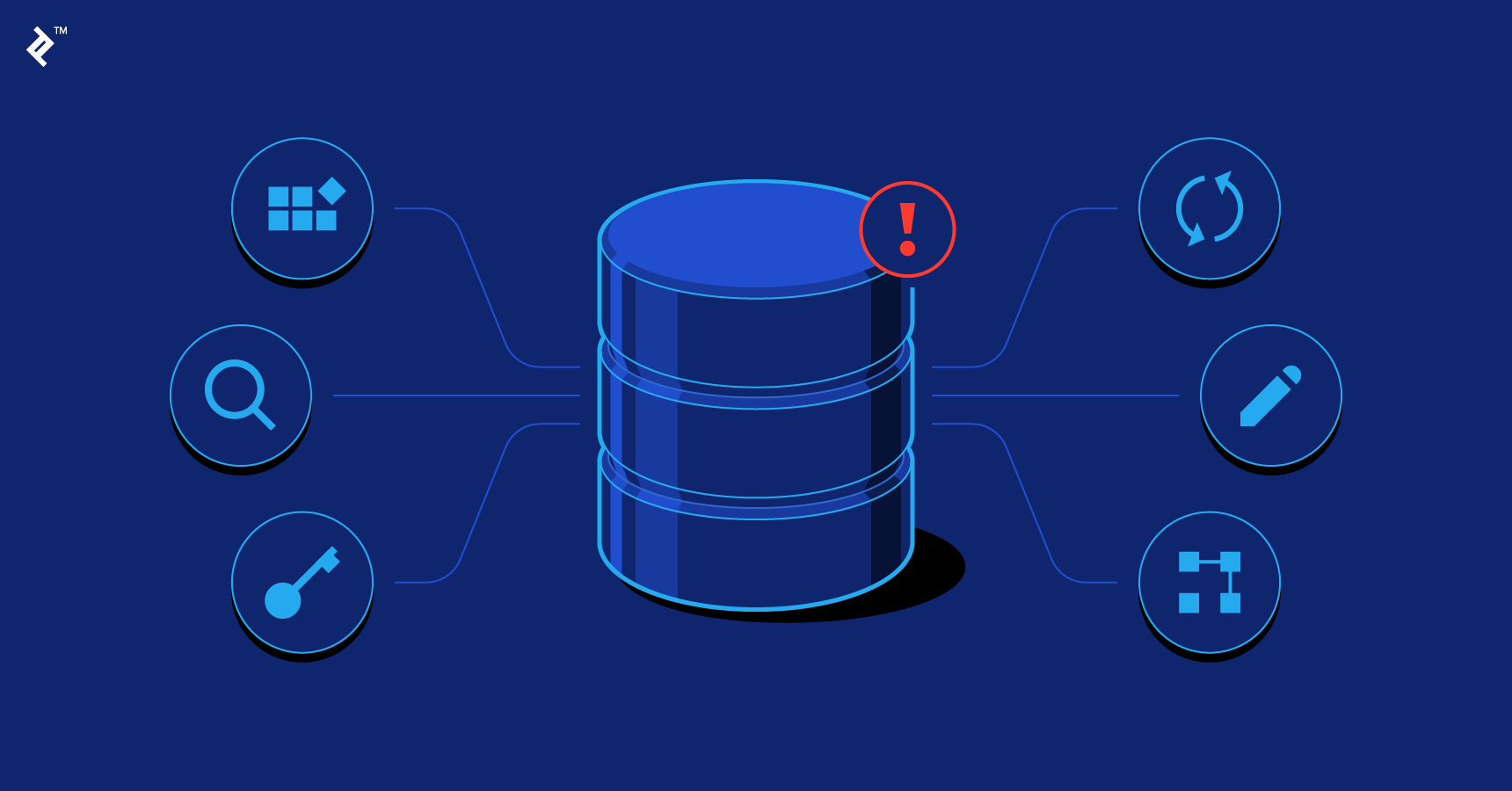

This is the most basic relational connection in Salesforce.Ī lookup relationship links two objects so that you can “look up” one object from the related items on another object. There are two types of relationships in Salesforce: These relationships can be used to share information and create connected views of data. And these objects can relate to each other. Salesforce’s CRM is built on a relational database. Relational data features in Salesforce CRM This means you can hide certain data if some users only need access to a specific set of columns or rows. And it’s easy to add additional data at a later time.Ī relational database also allows for a subset of data to be viewed. Relational databases allow for flexibility. Columns are built in a way that makes it easy to establish relationships among data points.ĭata working together gives a more holistic view of all your data - including your customers.

This ensures that nobody makes business decisions based on out-of-date information.Īll the data in a relational database has a ‘relationship’ with other data. This improves understanding across a business because everyone sees the same information. Some of the main advantages of a relational database are:Īs mentioned when we outlined ACID, a core part of a relational database is consistency.Ī relational database model ensures that all users always see the same data. And many of these affect other systems, including Salesforce. There are multiple benefits of using a relational database over a non-relationship database. This is because this scenario’s data point (“Account Balance”) is consistently updated across all platforms.
#Which free relational database to use update#
For example, when you withdraw money from an ATM, your bank balance may instantly update on your mobile app if it’s using a relational database. Relational databases are often the backbone of a customer relationship management (CRM) system - such as Salesforce.īut tracking customer transactions is just one use case for a relational database. Uses and benefits of a relational database It also ensures that data changes are permanent. This reduces the risk of confusion.ĭurability means that you can recover data from a failed transaction. Isolation keeps the effect of a transaction invisible until it is committed. With a relational database, each transaction is separate and not dependent on others. This means multiple instances always have the same data. Relational databases have data consistency because the information is updated across applications and database copies (also known as ‘instances’). This ensures they remain in a correct state after a transaction. The state of the database must remain consistent throughout the transaction.Ĭonsistency defines the rules for maintaining data points. It also requires all tasks to succeed, or the transaction will roll back.Ītomicity defines all the elements in a complete database transaction. It makes sure all data is compliant with the rules, regulations, and policies of the business. These features are the key difference between a relational database and a non-relational database.Ītomicity keeps data accurate. Relational databases need ACID characteristics.ĪCID refers to four essential properties: Atomicity, Consistency, Isolation, and Durability. Plus, we outline Salesforce’s relational data features.

We explore the features, uses, and benefits of a relational database below. Relating these data sets can also be used to produce reports, such as a customer statement. This means a warehouse team can find the Customer Address that corresponds to the Customer ID, without this information being recorded as a separate data point on each transaction. In the transaction table, there may be fields such as:Īs both tables contain a Customer ID, the tables can be related. A relational database brings these together.įor example, in the customer table, there may be fields for: A business will have both data sets but they may be siloed. One use of a relational database is connecting tables for customer data and transactions. In a non-relational database, tables can share the same data but they can’t ‘relate’ to each other. Relational databases are ideal for complex data analysis and operations. It also helps you understand the connections across your data so you can make better business decisions. They are the most common type of database used by businesses today.Ī database like this enables you to search across one or more tables with a single query. Data is organised into tables that are linked based on shared data. A relational database is a type of database that stores and organises related data points.


 0 kommentar(er)
0 kommentar(er)
